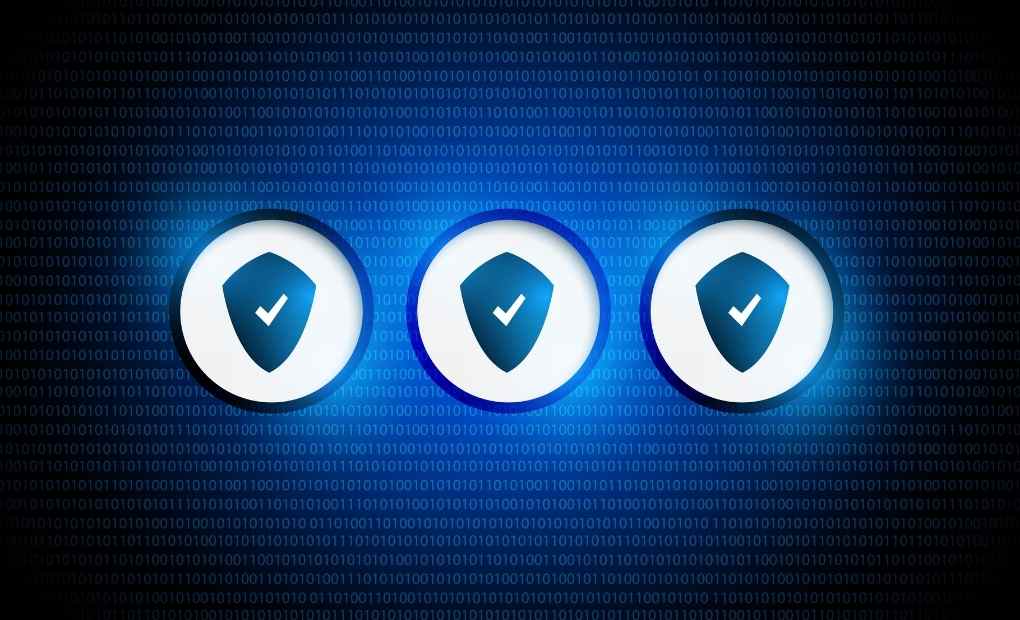How to Protect Your Phone From Being Hacked
Our mobile devices contain much valuable information, such as contacts, messages, photos, etc. This information is at risk of being stolen if, for example, we lose our phone, it is stolen or if it is infected by malware. To avoid this, we give you some tips to keep your data safe.
We have acquired a kind of information syndrome with the latest technological advances. We try not to get rid of any file or document, and little by little, we are filling the storage memory of our devices.
In addition, these files contain personal information that, if it ends up in the wrong hands or is lost, could cause us many problems.
Also Read: What are these “Techs”: Edutech, Meditech, Foodtech
Have you thought about what would happen if all the notes you save on your smartphone were lost? Or if the photos and videos you have in your phone’s memory ended up in the hands of a stranger? Just thinking about it makes one nervous! For this reason, we leave you some tips for you to put into practice with your mobile devices.
1. Physical protection of the device:
When we talk about protection or physical security, we refer to the measures we can implement to protect the information on our devices in case of theft or loss.
One of the first layers of security we can provide as users are the use of passwords to unlock our device.
The second layer of protection would be to download “anti-theft or loss” applications to prevent cybercriminals from accessing our data. Remember that they must be downloaded on official platforms and kept up to date.
There are anti-theft applications for Android, such as Find my device, which allows us to:
- Locate our device if, for example, we need to find out where it is or has been stolen.
- Delete all the information on the device to prevent it from falling into the wrong hands.
- Lock the power off option so that it always stays on.
- Automatically generate backup copies, with which we will have the latest version of the information on our device.
- They even allow you to lock the SIM card to add another level of security.
Something similar happens with Apple since it automatically comes with the “Find my iPhone” option. In this case, it could only be located if the device is turned on.
2. User account management:
While on Apple brand mobile devices, there is no option to have multiple users on the same computer, on Android, we can have multiple accounts on the same device.
The advantages of having multiple users are:
– The possibility of sharing our devices with other users and maintaining specific configurations for each account.
– In addition, the data will be kept private, making it impossible to access it from another user account.
– Have a different selection of applications for each account. We can even have a specific account for our sons/daughters as parental control, another for management and paperwork, another for leisure, etc.
3. Backup creation
A handy way to keep information safe and, above all, available at all times is through backup copies. Whether you have an Android or an iOS device, you can and should create backup copies of all the data stored on your mobile so as not to lose any of it.
It is advisable to keep backup copies in different formats. One option is to create them in the cloud. Android allows you to make them on your Google Drive, just as Apple offers iCloud. These can be configured, so that specific files are backed up daily or periodically.
The other format to make backup copies would be to store them physically, either directly on your computer or on an external hard drive.
Connecting the mobile device to the computer and creating a folder that includes all the files we want to copy. We can keep this folder on the hard drive of our computers, although it would be best to copy it to an external hard drive along with the rest of the copies on our devices.
4. Information encryption
The encryption of our device makes the information it contains inaccessible to those not authorized to read, modify or delete it. In this way, for example, if a third party wanted to access our image gallery, he would have to enter a password beforehand. Otherwise, he would need help viewing the images.
Once encrypted, your music, videos, photos, and app data will only be accessible if you enter the password or PIN code you set during the encryption process.
– How to encrypt an Android device: The procedure is very similar in most operating system versions. The only thing you will need to remember is that you must have a PIN or password as the encryption/decryption method.
In the case of having a microSD card, the data it contains will also be encrypted in the process. Therefore, remember that before transferring the information to another device, you must decrypt it.
– How to encrypt an iOS device: The most modern Apple brand devices (iPhone or iPad) already encrypt their content by default once the unlock code has been implemented, with various levels of protection.
Now that we have learned different measures to protect our information, remember what steps you must follow:
- Protect your device physically. Do not allow others to have access to them.
- If you can manage user accounts on your device, feel free to create them.
- Create backup copies of your information and store them encrypted.
Also Read: Keys to Achieve the Industrialization of Artificial Intelligence

